The tragic lives of Henry VIII's six wives
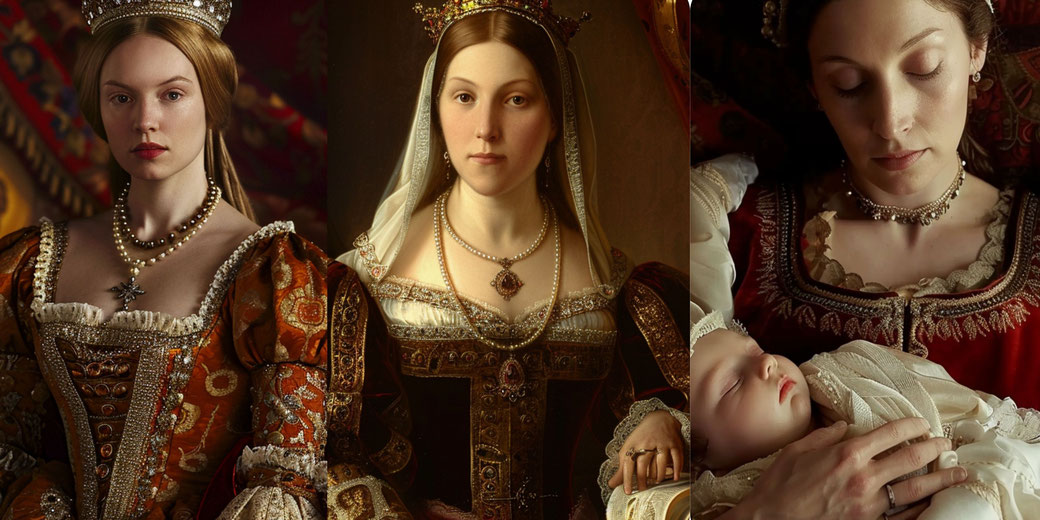
King Henry VIII's reign has become notorious for its dramatic and tragic relationships, particularly those of the romantic kind.
The English king married six different women during his lifetime, each one either motivated by his relentless pursuit of power, unbridled passion, or for pragmatic expediency.
Sadly, the wives themselves experienced these marriages very differently. Tossed about by waves of intrigue, betrayal, and, in some cases, gruesome death, their personal tragedies have become central the course of English history.
Catherine of Aragon: The faithful first wife
Catherine of Aragon, born in 1485, was the first wife of Henry VIII and a key figure in the early years of his reign.
Their marriage, which began in 1509, was initially a strong alliance between England and Spain.
Over time, however, the absence of a male heir strained their relationship.
Catherine's inability to produce a son led Henry to question the validity of their union.
Furthermore, his growing infatuation with Anne Boleyn intensified his desire for an annulment of their marriage.
However, the Pope's refusal to grant this divorce sparked the English Reformation.
This religious revolution allowed Henry to declare himself as the head of the church, through which he gave himself the power to annul his own marriage.
As a result of her marriage's subsequent dissolution in 1533, Catherine was stripped of her title as queen and spent her remaining years in isolation.
She died in 1536, but her daughter Mary would later become queen.
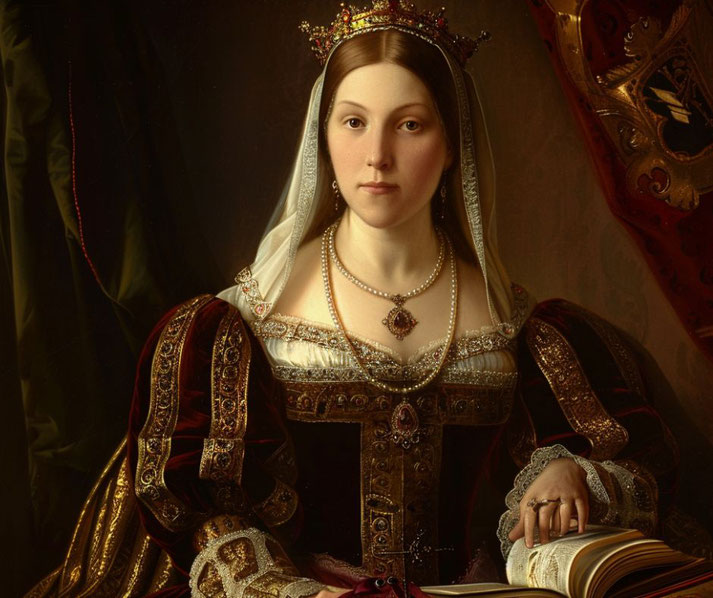
Anne Boleyn: Henry's passionate obsession
Often simply reduced to being the 'other woman' during Henry's first marriage, Anne Boleyn was a strong-willed individual who captured the king's affections for many years.
She finally became Henry VIII's second wife in 1533. Anne was a key figure in the English Reformation, as her relationship with Henry had ultimately led to the break with the Catholic Church.
The emotionally fuelled journey began to cool quickly when Henry began to fear that Anne may not solve his succession crisis.
Unfortunately, the birth of their daughter, Elizabeth I, in 1533, failed to secure the male heir Henry so desperately desired.
Furthermore, Anne's failure to produce a son led to her rapid fall from grace. In 1536, she was arrested on charges of adultery, incest, and high treason.
Her trial, widely believed to be a farce, resulted in a guilty verdict.
Subsequently, Anne was executed at the Tower of London, a tragic end to a queen who once held the heart of a king.
Her death was a pivotal moment in Henry's reign, as it set a precedent for the ruthless measures he would take to secure his lineage and authority.
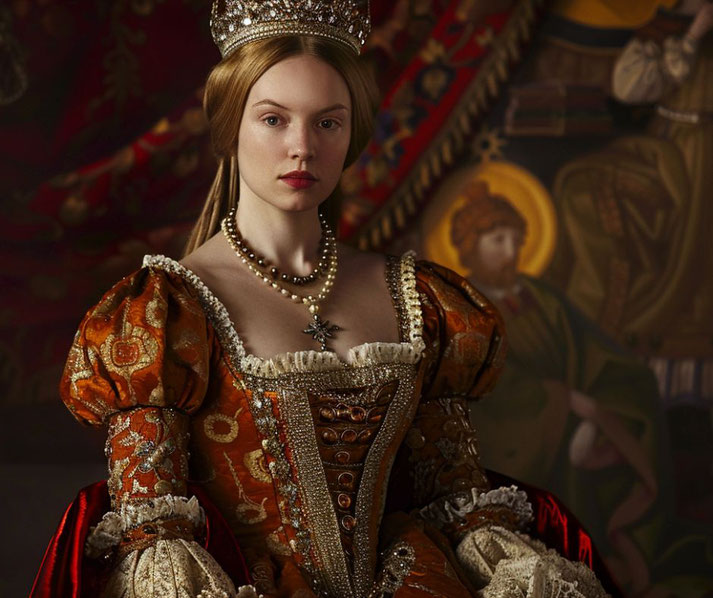
Jane Seymour: Henry's only true love?
Jane Seymour, the third wife of Henry VIII, is often remembered for fulfilling the king's long-standing desire for a male heir.
Their marriage occurred in 1536, just days after Anne Boleyn's execution.
Many observers noted that Jane's gentle demeanor and devout nature were in stark contrast to her predecessor's fiery character.
Then, in 1537, she gave birth to Henry's only son, Edward VI, an event that brought immense joy to Henry.
More importantly, it solidified Jane's place in history as the wife that achieved what many others were unable to.
However, this triumph was short-lived. Sadly, Jane died just twelve days after Edward's birth due to complications from childbirth.
Her untimely death left Henry devastated. However, Jane's legacy lived on through her son, Edward, who became ultimately king of England at the tender age of nine.
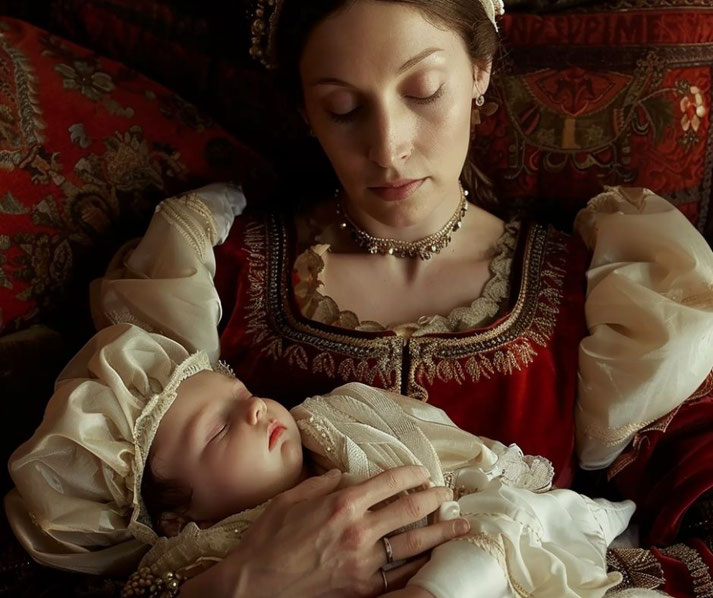
Anne of Cleves: Cast aside and rejected
Following the death of Jane, Henry sought the advice of his ministers about a suitable match for this next wife.
The decision was made that Anne of Cleves, a German princess, would be a perfect choice to become Henry VIII's fourth wife.
Clearly, it was a marriage arranged for political alliance rather than love. Their union, which took place in 1540, was short-lived due to Henry's immediate dissatisfaction with Anne's appearance upon their first meeting.
The king's lack of attraction to Anne, coupled with their cultural differences, led to the annulment of their marriage just six months later.
Importantly, the annulment was granted without public scandal, and Anne was given a generous settlement, including several estates.
She was also granted the title of the King's Sister, a sign of Henry's respect and affection for her.
In a surprising twist, Anne of Cleves would outlive Henry and all his other wives, only dying in 1557.
Historians point out that her stoic and pragmatic approach to the annulment and her subsequent life in England earned her a reputation as one of the more fortunate of Henry's queens.
Catherine Howard: The young pawn in a power play
Catherine Howard, Henry VIII's fifth wife, was a young and vivacious noblewoman who caught the king's eye shortly after his marriage to Anne of Cleves.
Their union, which began in 1540, was driven by Henry's desire for a youthful and attractive companion.
Catherine's past, however, would soon come to haunt her. Accusations of premarital affairs and an adulterous relationship with Thomas Culpeper led to her downfall.
In 1542, she was arrested and confined to the Tower of London. Her trial exposed a series of indiscretions that shocked the court and sealed her fate.
Catherine was executed at the age of about 21, a tragic end for a queen who had once brought joy and vitality to Henry's court.
However, her death serves as a stark reminder of the perilous nature of life as a consort to the Tudor king.
Catherine Parr: The lucky last wife?
The sixth and final wife of Henry VIII, Catherine Parr, is often remembered for her role as a caretaker during the king's declining years.
Their marriage in 1543 provided Henry with a companion who was intelligent, compassionate, and able to navigate the complexities of the Tudor court.
Catherine was a keen supporter of the Protestant Reformation and used her influence to promote religious reform.
She was also a devoted stepmother to Henry's children, working to ensure their education and well-being.
In 1547, following Henry's death, Catherine married Thomas Seymour but died in childbirth the following year.
Her legacy includes her contributions to English literature and her efforts to advance Protestantism in England.
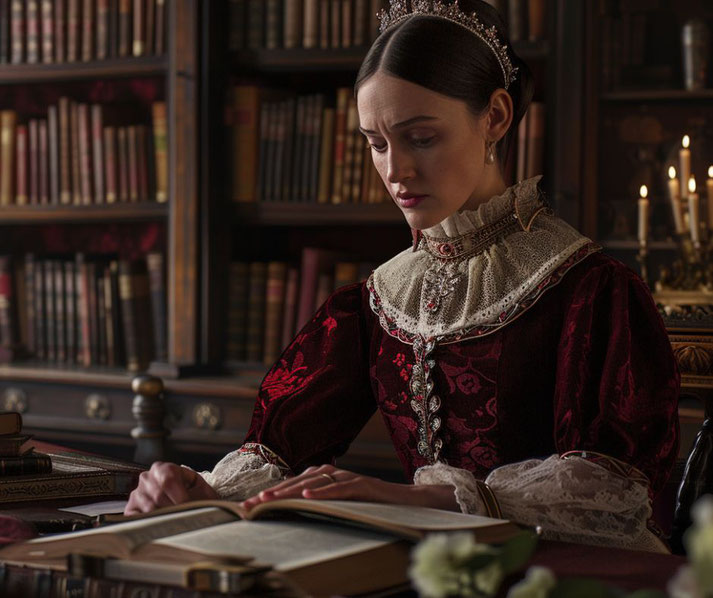
What do you need help with?
Download ready-to-use digital learning resources
Copyright © History Skills 2014-2024.
Contact via email
With the exception of links to external sites, some historical sources and extracts from specific publications, all content on this website is copyrighted by History Skills. This content may not be copied, republished or redistributed without written permission from the website creator. Please use the Contact page to obtain relevant permission.





